Unlocking the Secrets of the Moving Rocks in Death Valley
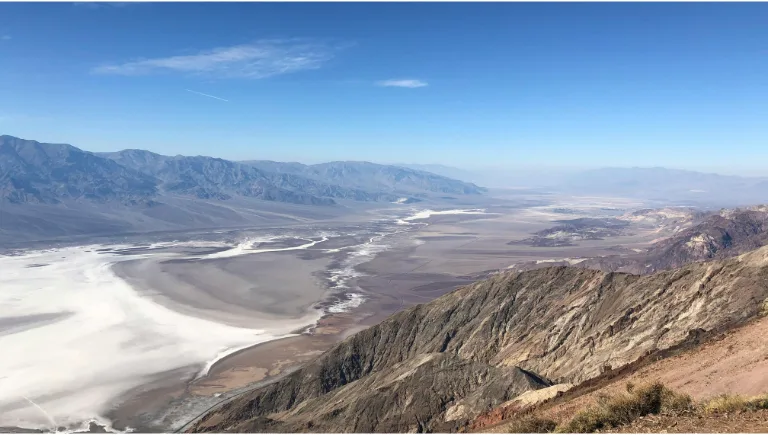
Imagine rocks moving across a desert floor, leaving trails etched in the sand. No one sees it happen, yet the evidence is clear. This is the mystery of the sailing stones of Death Valley.
Racetrack Playa is a dry lakebed in Death Valley. Its cracked surface and harsh beauty make it seem like another planet. For decades, scientists and curious minds have tried to figure out this riddle. Learn more from the National Park Service.
Racetrack Playa lies deep within California’s Death Valley National Park. It's one of the most remote and mysterious spots in the U.S. desert landscape
The Unexplained Trails: A Visual Puzzle
The moving rocks leave long tracks in the dry lakebed. These trails tell a story of movement. But the story is incomplete, as the rocks move without witnesses. This visual phenomenon sparks the curiosity of all who visit.
💡 Did You Know?
One of the rocks left a trail measuring over 860 feet — yet no one saw it move.
Size and Scope of the Tracks
Racetrack Playa stretches about 2.8 miles long and 1.3 miles wide. The tracks left by the rocks vary in length. Some are just a few feet, while others stretch for hundreds. Track width and depth also differ, depending on the rock’s size and the playa’s surface conditions.
Rock Characteristics
The moving rocks aren’t pebbles. Most are comprised of dolomite and some are comprised of syenite. They range in size and weight, from a few pounds to hundreds. The rocks’ size doesn’t always dictate the track length, adding to the mystery.

Early Theories and Failed Explanations
Many theories were put forward to explain the moving rocks. However, the early ideas fell apart when tested against evidence.
The Gravity Hypothesis
One early idea was that the rocks slid downhill because of gravity. This seemed logical at first, but Racetrack Playa is almost perfectly flat. This hypothesis did not hold up to scrutiny. Researchers at Scripps Institution of Oceanography uncovered the mechanism using GPS and time-lapse cameras.
🔹 Why Gravity Doesn't Work Here
Racetrack Playa has a slope of less than 2 inches per 1,000 feet — too flat for gravity to move such heavy rocks unaided.
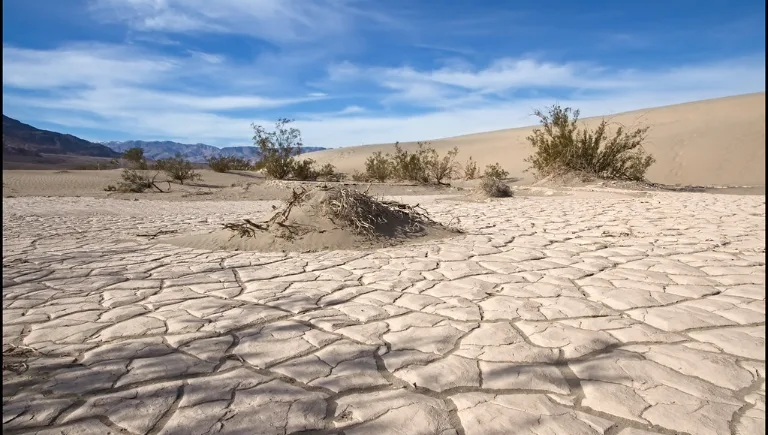
The Animal Interference Theory
Could animals have been pushing the rocks? Perhaps, but the rocks are heavy. No animal could consistently move these rocks in the straight lines. Also, there are no animal tracks found near the rock trails.
The Role of Ice: A Long-Standing Suspect
Ice became a prime suspect in the moving rock mystery. The “ice raft” theory suggested that ice sheets could move the rocks.
Early Ice Raft Theories
The idea of ice playing a role developed over time. Observers noticed that Racetrack Playa sometimes floods. They theorized that the water could freeze and create ice rafts. These rafts could then carry the rocks.
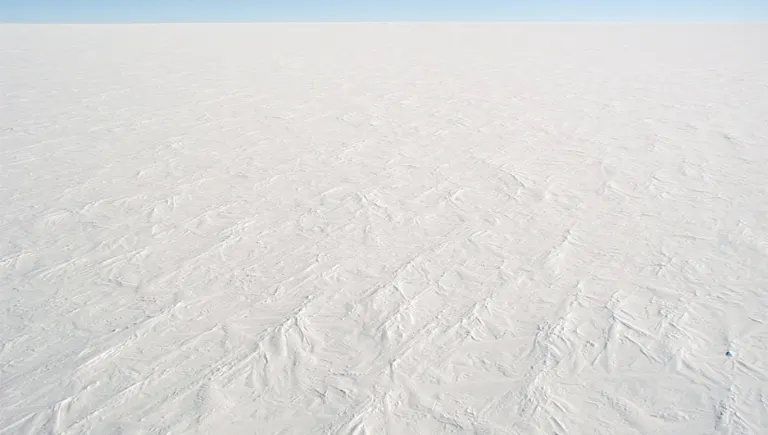
Challenges to the Ice Raft Theory
While ice seemed promising, it had problems. Could ice strong enough to move the rocks actually form? Also, could it do so without leaving scratch marks on the playa? The ice raft theory needed more support.
The Wind Factor: Nature's Invisible Hand
Wind is a powerful force in Death Valley. It became clear wind plays a role in the rocks’ movement.
Wind Speed and Direction
Racetrack Playa experiences strong winds. Data shows that wind speeds can reach high levels. The direction of the wind often lines up with the direction of the rock trails.
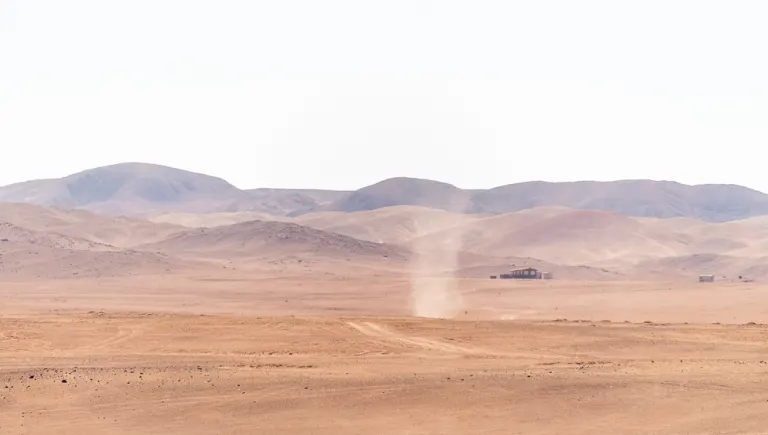
Amplifying Effects: Dust Devils and Microbursts
Dust devils and microbursts might amplify the wind’s effect. These weather events could provide the extra push needed to move the rocks. These small-scale phenomena are difficult to study, however.
A Breakthrough Discovery: The Thin-Ice Hypothesis
The modern “thin-ice” hypothesis brought together wind and ice. It provided the most compelling explanation yet.
The 2014 Study: Confirmation and Details
In 2014, a team from the Scripps Institution of Oceanography solved the mystery. They used GPS to track the rocks’ movements. The study revealed that the rocks moved when a thin layer of ice formed after a rainfall. This ice weakened the friction, allowing the wind to push the rocks.
🔹 Breakthrough Moment
In December 2013, researchers witnessed rocks moving in real time — aided by thin ice sheets and winds up to 10 mph.
Conditions Required for Movement
Several things must happen for the rocks to move. First, the playa must flood. Next, temperatures must drop low enough to form thin ice. Finally, wind must be strong enough to push the ice and rocks.
Remaining Questions and the Allure of the Unknown
Even with the thin-ice hypothesis, questions remain. This is part of what makes the moving rocks so fascinating.
Unpredictable Paths: Why the Rocks Meander
Why do the rocks’ paths sometimes change direction? It could be subtle shifts in wind direction. It could be variations in the ice. These factors make the rock trails unpredictable.
💡 Did You Know?
Some rocks made sharp 90-degree turns, baffling researchers until GPS data confirmed tiny shifts in ice sheets were responsible.
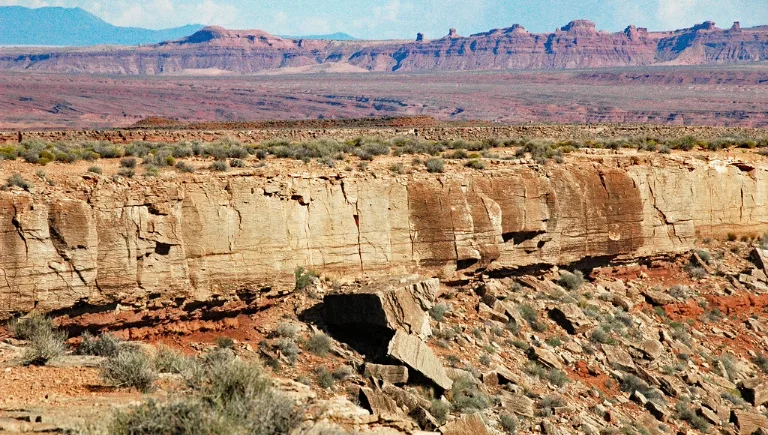
The Future of Research: What's Next
Future studies could focus on microclimates within Racetrack Playa. Researchers could also use drones to monitor rock movements in real-time. More research could offer even deeper understanding.
Conclusion
We’ve looked at seven eerie clues behind Death Valley’s moving rocks. These include the tracks, the rock types, the role of wind, the influence of ice, and the thin-ice theory. Wind and ice work together to create this strange phenomenon. The mystery may be mostly solved, but the allure of the unknown remains strong.
Love stories like this? Explore more mysteries on RoadTopper’s Blog.”







